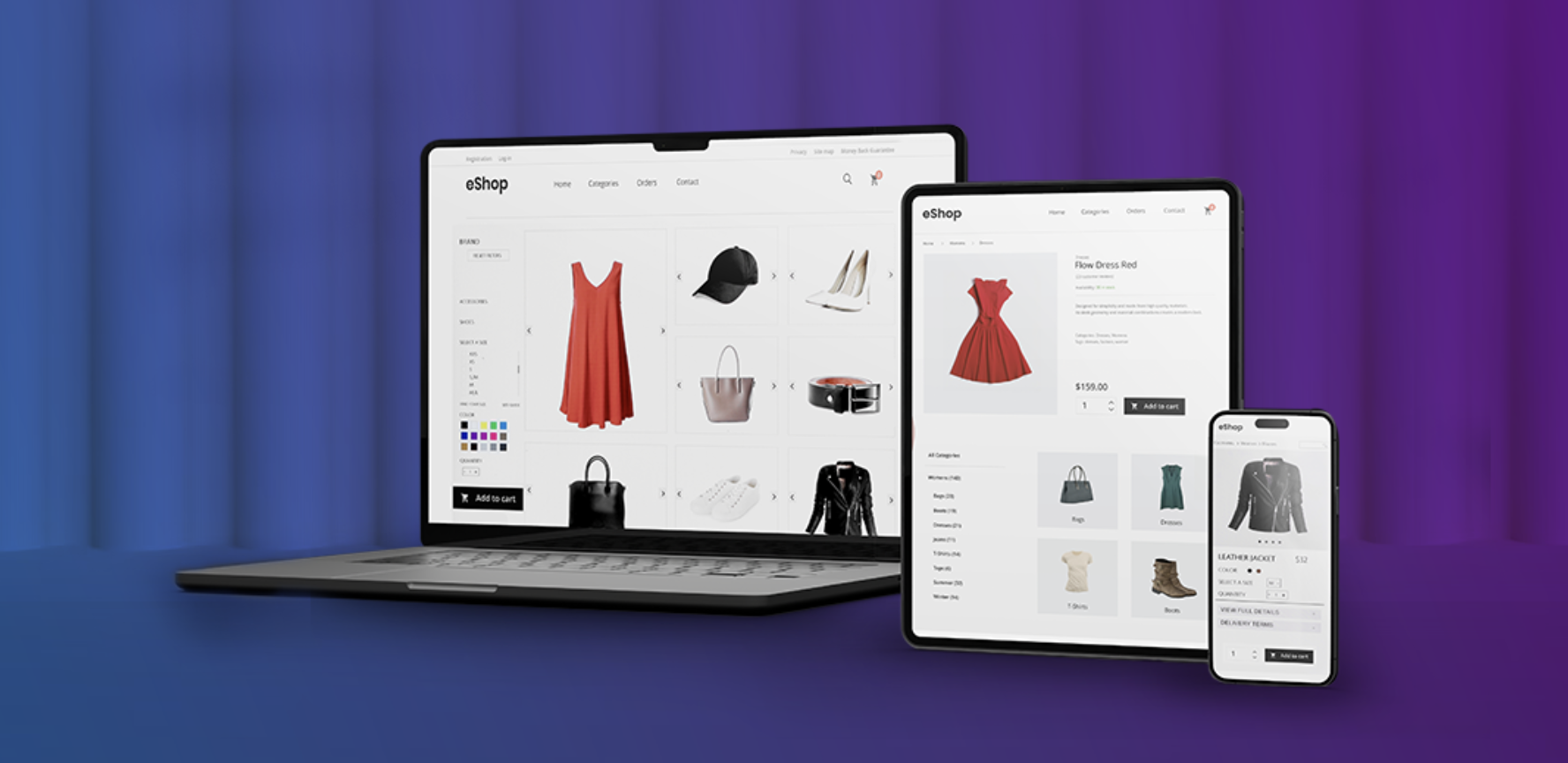The Beauty Industry Makeover Powered by Unified Commerce

Over the last few years, people around the world have been tightening their belts under the pressure of a cost-of-living crisis. However, it seems that there’s at least one area where we’re not prepared to compromise: personal appearance. The global beauty and personal care market is expected to generate revenue of almost $650 billion in 2024, with a projected compound annual growth rate to 2028 of more than 3%.
This is positive—but there is still considerable pressure on the industry, including concern about chemicals in products. How can beauty brands best equip themselves to thrive in an increasingly competitive market?
Beauty Trends and Issues
The sectors covered by the beauty and personal care market include beauty technology, skincare, cosmetics, personal care, hair care, and fragrance. The biggest element is personal care, which makes up around 40% of global revenue in the industry. Statista reports several key trends affecting the industry, including:
- The ongoing rise of online sales. Online sales were projected to contribute nearly 20% of total revenue in the beauty and personal care market by the end of 2024.
- A move towards more natural and organic products. Wherever you look, you will find more beauty products that are natural and plant-based. Data from Statista suggests that there is a strong focus on natural products as a key growth area in this market.
- A stronger focus on sustainability. Linked to the focus on natural products, the beauty industry is also under pressure from consumers to become more sustainable. Brands are moving towards eco-friendly packaging, refillable options, and discussions about saving water.
- The growing impact of online influencers. Statista cites the rise of online influencers as a key factor in the growth of the beauty market, accounting for 1.6% of annual growth. The impact of influencers is reflected in a growing interest across the industry in influencer marketing.
- An increase in personalization. Personalized recommendations for makeup are already becoming standard. However, the growth of technology such as artificial intelligence (AI) and augmented reality means that further customization is expected.
- A more holistic approach to beauty and personal care. ‘Wellness’ is becoming a bigger issue, with customers moving to ingredients and products that will improve health and wellbeing as well as surface appearance.
Taken together, these trends add up to a move away from the traditional dominance of in-store browsing and purchasing in the beauty industry. Influencers and convenience are driving a move online. Customers now happily navigate a blend of online shopping, social media recommendations, and in-store consultations. How can beauty brands keep up?
Embracing Unified Commerce
Many beauty brands have concluded that the best way to keep pace with their customers is to embrace unified commerce platforms. These platforms bring together online and in-store sales and inventory management. This has many benefits for beauty brands and their customers, particularly the ability to create seamless and personalized customer experiences across multiple touchpoints. Beauty brands have benefited from:
- Increased personalization of both recommendations and offers
Unified commerce platforms bring together customer data in one place, enabling hyper-personalisation. Customers browsing online for lipstick might receive recommendations for complementary products available either online or in-store. Loyalty programs can also be integrated to offer exclusive benefits and targeted discounts. This level of personalization improves customer relationships and brand loyalty.
- Support for ‘try before you buy’
It is notoriously difficult to try beauty products before buying, because of hygiene concerns, and tester packs can only take you so far. A unified commerce platform can harness augmented reality tools to enable customers to test products via an app, experimenting with make-up shades and even hairstyles. This improves customer satisfaction and avoids the frustration of wasted purchases.
- Integration with social media marketing
Social media platforms like Instagram and TikTok are the playgrounds of key influencers in the beauty and personal care market. Unified commerce platforms allow seamless integration with these platforms. Live commerce is a natural fit with beauty brands, allowing them to showcase products via influencers. Consumers can click through from an influencer post directly to the product page, completing the purchase journey with ease. User-generated content from satisfied customers can also be integrated with the brand’s website, building social proof and authenticity.
- Improved efficiency of operations
Unified commerce platforms also have a key benefit for operational efficiency. They improve inventory management because real-time data on stock levels is available across all channels. Order fulfillment can be streamlined, and online orders can be integrated with in-store pickup options. This translates to cost savings, improved resource allocation, and a more agile business model—as well as improving the customer experience.
Flormar is one example of a beauty brand that has taken the plunge and invested in a unified commerce platform. The brand has put consumer needs at the heart of its operations and therefore wanted to improve its customer experience. However, it has been found that the benefits extend far beyond this rather modest ambition. Its year-on-year revenue has grown by an astonishing 196% since its initial investment. The number of app installations has grown by 300%. The app’s share in total revenue has also increased, from just 5% to more than 50% in a single year.
A Makeover for the Industry
No question that investing in a unified commerce platform offers huge potential benefits to beauty brands. However, implementation requires careful planning. Integrating systems can be complex, and data security is an ever-present concern. Staff will also need training to use the new platform to get maximum value.
Despite these challenges, it seems fair to suggest that the beauty industry is undergoing a makeover. Its digital transformation to embrace unified commerce is well underway. As technology develops, we can expect to see more brands taking advantage of the opportunities, including those provided by AI and augmented reality. Whatever else the future brings for the beauty industry, unified commerce seems certain to be part of it.






